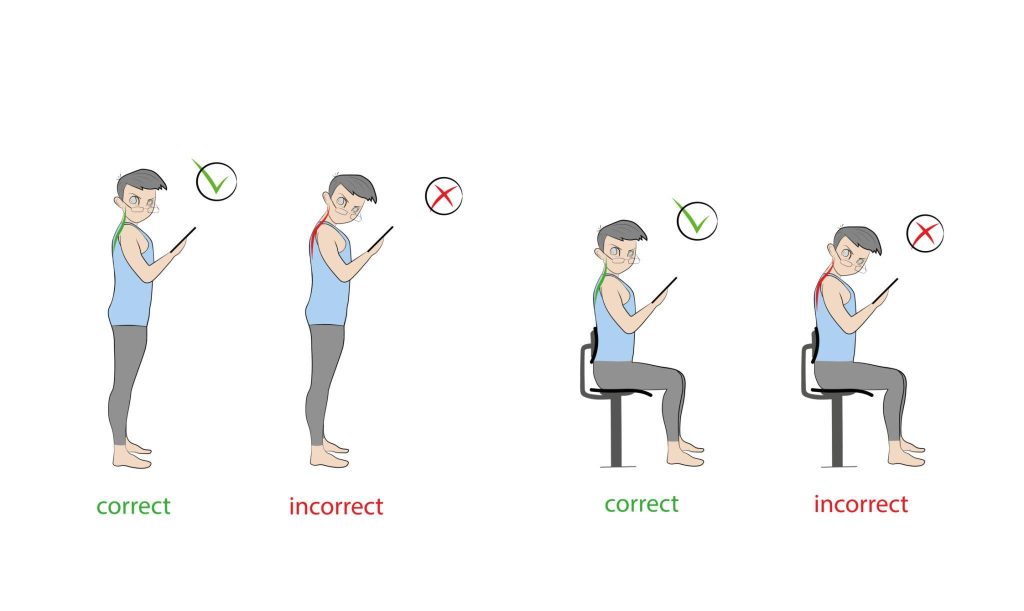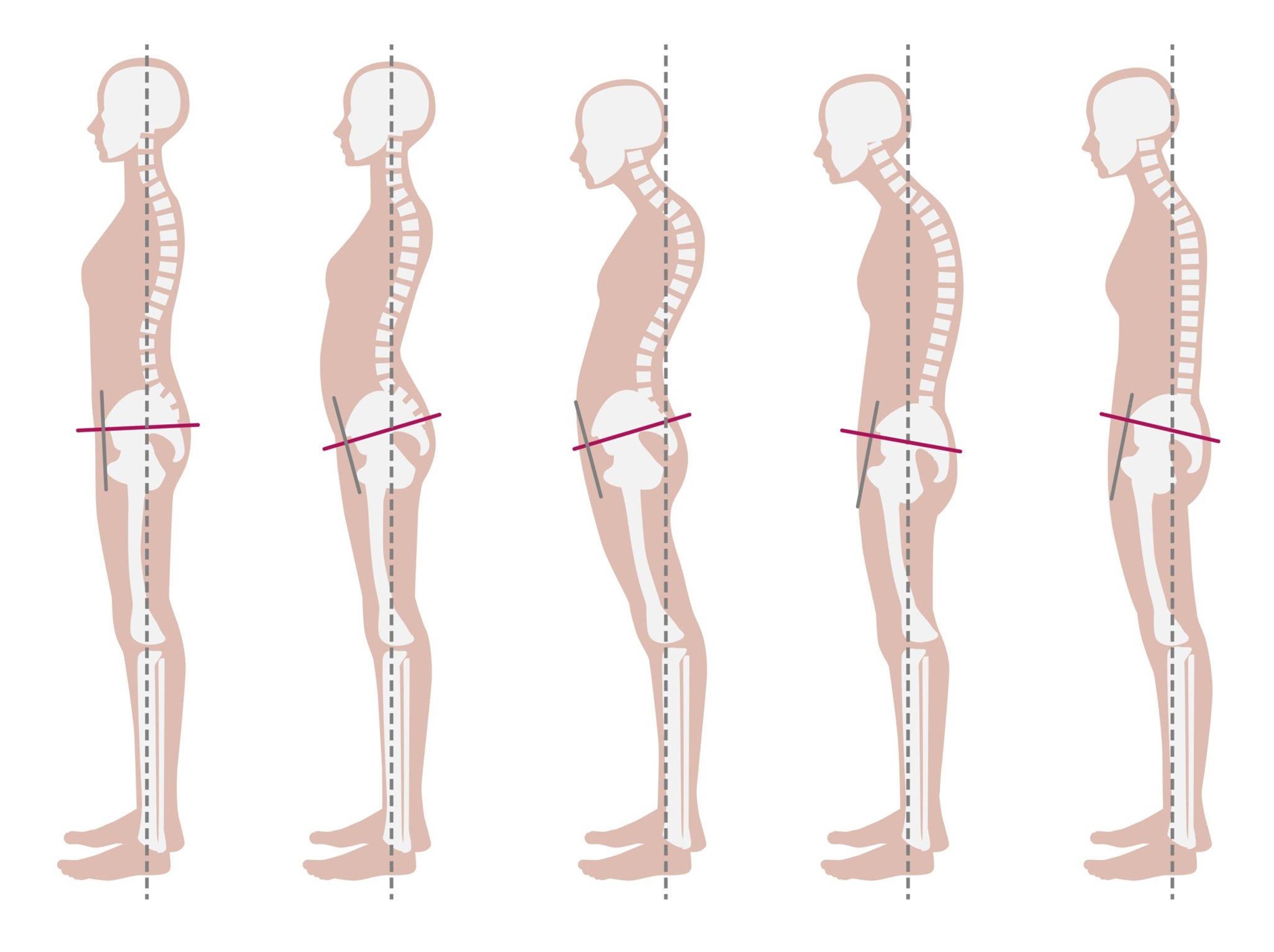Aligning your body optimally can lead to a myriad of health benefits, including reduced pain, improved posture, and enhanced physical performance. This article delves deep into the fundamentals of body alignment and provides actionable techniques to achieve and maintain it.
Explore the fundamentals of body alignment for optimal health and well being. techniques and benefits to ensure proper posture, reduce pain, and enhance physical performance.
What is Body Alignment?
Body alignment refers to the optimal positioning of our bones, joints, and muscles, ensuring they’re correctly stacked and functioning efficiently. Imagine a building; if its foundation is skewed, the entire structure is at risk. Similarly, our bodies need to be aligned to function at their best.
Why is Proper Body Alignment Crucial?
Physical Health Benefits
When our bodies are aligned, there’s less strain on our muscles, bones, and joints. This reduces the risk of injuries, decreases wear and tear, and promotes better overall physical health. Ever felt that nagging back pain after a long day at the desk? Chances are, poor alignment’s the culprit.
Mental Well-being and Alignment
But it’s not just about the physical. Proper alignment can also boost our mental well-being. When we stand tall and aligned, we breathe better, leading to increased oxygen flow to the brain. This can enhance our mood, focus, and overall cognitive function. Who knew standing straight could make us feel so good?
Moreover, misalignments can sometimes arise from accidents, like slips and falls. For those facing such unfortunate events, seeking specialized care, like Slip & Fall Chiropractic Care in Jacksonville, can be instrumental in restoring proper alignment and ensuring both physical and mental recovery.
The Importance of Proper Body Alignment
- Reduced Pain: Incorrect alignment can lead to undue stress on joints and muscles. Over time, this can cause discomfort or chronic pain.
- Enhanced Physical Performance: Proper alignment allows for better distribution of force throughout the body, facilitating smoother, more efficient movement.
- Improved Posture: Good alignment promotes a tall, confident posture, reducing the likelihood of developing posture-related health issues.
- Decreased Risk of Injury: When the body is aligned, there’s less chance of overusing or straining certain muscles or joints.
Techniques for Achieving Proper Body Alignment

- Postural Awareness: Regularly check in with your body. Are your shoulders slouched? Is your chin jutting forward? Self-awareness is the first step toward correction.
- Strengthen Core Muscles: Engage in exercises like Pilates, yoga, and core strengthening routines. A strong core supports the spine and promotes good posture.
- Mindful Movement: Whether you’re walking, sitting, or lifting, being conscious of your movements ensures that you maintain proper alignment.
- Ergonomic Workspaces: Ensure that your desk, chair, and computer setup promote a neutral spine position. Consider stand-up desks or ergonomic chairs.
- Regular Check-ups: See a physical therapist, chiropractor, or orthopaedic doctor to assess and correct alignment issues.
Benefits of Maintaining Good Body Alignment
- Increased Energy Levels: An aligned body promotes efficient circulation and respiratory function, resulting in enhanced energy levels.
- Improved Digestion: Proper alignment allows for the optimal function of internal organs, aiding digestion.
- Optimal Nervous System Function: A well-aligned spine protects the nervous system, facilitating effective communication between the brain and body.
- Boosted Confidence: Standing tall not only benefits the body but also boosts self-esteem and confidence.
Exercises for Better Body Alignment

Achieving and maintaining proper body alignment involves strengthening and stretching key muscle groups to ensure balance, stability, and efficient movement. Here are some exercises that can help improve body alignment:
1. Planks:
- Purpose: Strengthen the core, which supports the spine.
- How to: Start on all fours, then extend your legs straight out behind you, resting on your toes. Keep your arms straight under your shoulders. Engage your core, ensuring your body forms a straight line from head to heels. Hold the position as long as you can maintain good form.
2. Bridge:
- Purpose: Strengthen the glutes, hamstrings, and lower back.
- How to: Lie on your back with your knees bent and feet flat on the ground. Lift your hips towards the ceiling, squeezing your glutes at the top. Lower and repeat.
3. Wall Angels:
- Purpose: Improve shoulder mobility and strengthen upper back muscles.
- How to: Stand with your back against a wall, feet shoulder-width apart. Bend your elbows at a 90-degree angle, and slide your arms up and down the wall while trying to keep your wrists and elbows in contact with the wall.
4. Chest Opener Stretch:
- Purpose: Stretch the chest and front shoulder muscles.
- How to: Clasp your hands behind your back, straighten your arms, and lift them slightly. Open your chest and look upwards. Hold for 20-30 seconds.
5. Cat-Cow Stretch:
- Purpose: Improve flexibility and mobility in the spine.
- How to: Start on all fours. Arch your back, tucking your chin to your chest (Cat). Then, lift your head and tailbone towards the ceiling, creating a dip in your spine (Cow). Move fluidly between these positions.
6. Child’s Pose:
- Purpose: Stretch the back and help realign the spine.
- How to: Start on all fours. Sit your hips back onto your heels, reaching your arms out in front of you. Rest your forehead on the ground.
7. Lunges:
- Purpose: Strengthen and balance the muscles of the legs and hips.
- How to: Stand tall. Step one foot forward and bend both knees to lower into a lunge. Keep your front knee over your ankle. Push back to start and switch legs.
8. Chin Tucks:
- Purpose: Strengthen the neck muscles and correct forward head posture.
- How to: Sit or stand tall. Tuck your chin slightly and draw your head back directly over your shoulders. You should feel a stretch in the back of your neck.
9. Scapular Retraction:
- Purpose: Strengthen the muscles between the shoulder blades.
- How to: Sit or stand tall. Pinch your shoulder blades together, then release. This can also be done with resistance using a band or weights.
10. Ankle Pumps:
- Purpose: Improve ankle mobility and promote better foot alignment.
- How to: Sit with legs extended. Flex and point your toes, moving through the full range of motion of the ankle.
Regularly incorporating these exercises can significantly improve posture, alignment, and overall body mechanics. Before starting any new exercise routine, it’s always a good idea to consult with a fitness professional or physical therapist, especially if you have any pre-existing conditions or concerns.
The Long-Term Impact of Alignment
Alignment, in the context of our body, refers to how our muscles, bones, and joints are positioned. Proper alignment ensures that the body moves efficiently and is subjected to minimal strain. As we age, our bodies undergo various changes that can affect our alignment and overall health. Let’s explore the long-term impact of alignment and its significance during aging:
The Long-Term Impact of Alignment:
- Injury Prevention: Proper alignment reduces the risk of injuries. When our body is aligned, we distribute forces evenly, avoiding undue pressure on any single part. Over time, misalignment can lead to wear and tear, increasing the risk of injuries.
- Efficient Movement: When in alignment, muscles work more harmoniously, allowing for more fluid and efficient movement. This becomes particularly important in sports and physical activities.
- Reduced Pain: Chronic misalignment can lead to a range of pain disorders, from back pain to joint distress. Maintaining good alignment can prevent these issues.
- Improved Circulation: Proper posture and alignment can improve blood flow, ensuring that various body parts receive adequate oxygen and nutrients.
- Better Respiratory Function: An aligned posture allows for optimal lung capacity, aiding in better breathing and oxygen intake.
- Enhanced Digestion: An aligned body can even impact our digestive tract, ensuring it works more efficiently.
Aging and Alignment:
- Degenerative Changes: As we age, natural wear and tear, as well as degenerative diseases like osteoarthritis, can affect our joints and alignment. Maintaining good alignment can slow down these degenerative changes.
- Bone Density: Aging is associated with a decrease in bone density, leading to conditions like osteoporosis. Proper alignment can prevent uneven pressure on bones, reducing the risk of fractures.
- Muscle Atrophy: With age, muscle mass tends to decrease. This can affect posture and alignment. Engaging in strength training and alignment-focused exercises can counteract this.
- Balance and Mobility: Proper alignment aids in balance. As we age, maintaining balance becomes crucial to prevent falls and associated injuries.
- Chronic Pain: As mentioned earlier, misalignment can lead to chronic pain. With aging, this pain can become more pronounced, making alignment all the more essential.
- Lifestyle Diseases: Sedentary lifestyles, common in old age, can lead to poor alignment and associated health issues like cardiovascular diseases. Maintaining alignment can help in mitigating some of these risks.
- Mental Health: Alignment and posture are often linked to mental health. An upright posture can boost confidence, mood, and overall mental well-being, which can be vital for seniors facing age-associated mental challenges.
To ensure good alignment as we age, it’s beneficial to engage in regular physical activity, incorporate alignment-focused exercises like Pilates or yoga, get periodic check-ups with physical therapists or chiropractors, and maintain awareness of our posture during daily activities.
Seeking Professional Help
When to Consult a Specialist
If you’re struggling with chronic pain or can’t seem to correct your posture, it might be time to see a professional.
Types of Therapies Available
There are numerous therapies available to help individuals achieve optimal physical and mental well-being. Here’s an overview of some common and less-known therapies:
- Chiropractic Care: Focuses on diagnosing and treating mechanical disorders of the musculoskeletal system, especially the spine. Chiropractors use manual adjustments or spinal manipulation to correct alignment problems.
- Physical Therapy (PT): Also known as physiotherapy, PT involves the evaluation, diagnosis, and treatment of conditions using physical methods such as exercise, massage, and heat treatment.
- Massage Therapy: Utilizes various techniques to manipulate the body’s soft tissues to reduce stress, relieve pain, and promote overall wellness.
- Acupuncture: A component of Traditional Chinese Medicine, acupuncture involves inserting thin needles into specific points on the body to alleviate pain and treat various health conditions.
- Occupational Therapy: Helps people regain, develop, or maintain the skills needed for daily living and working, often after a physical or mental illness.
- Speech Therapy: Addresses issues with speaking and communication. Therapists help with articulation, voice, fluency, and language disorders, as well as swallowing disorders.
- Psychotherapy: Also known as talk therapy, this involves discussions between a patient and a therapist to address and alleviate emotional and mental distress.
- Cognitive Behavioral Therapy (CBT): A type of psychotherapy that teaches individuals how to recognize and change negative thought patterns and behaviors.
- Art Therapy: Uses the creative process of making art to improve mental, physical, and emotional well-being.
- Music Therapy: Involves the use of musical interventions to accomplish individualized goals within a therapeutic relationship.
- Animal-Assisted Therapy: Involves interactions with animals to help individuals recover or cope with health problems.
- Aromatherapy: Uses essential oils and aromatic plant compounds to promote health and well-being.
- Hydrotherapy: Utilizes water for pain relief and treatment. This can involve exercises in a pool, hot tub treatments, or ice packs.
- Reflexology: Based on the principle that certain parts of the feet, hands, and ears correspond to specific organs and body systems, and manipulating these points can promote health.
- Reiki: A form of energy therapy where practitioners transfer “universal energy” through their palms to promote healing and balance.
- Biofeedback: Teaches individuals how to control physiological functions by providing real-time data about them, often using electronic monitoring.
- Craniosacral Therapy: A gentle, hands-on method that focuses on the rhythmic pulsing of cerebrospinal fluid and aims to improve the functioning of the central nervous system.
- Magnetic Field Therapy: Uses magnets to improve health and treat certain conditions.
- Light Therapy: Exposes individuals to specific wavelengths of light to treat seasonal affective disorder (SAD), sleep disorders, and other conditions.
- Floatation Therapy: Involves lying in a tank filled with warm salt water to promote relaxation and alleviate stress.
It’s important to note that the efficacy of some of these therapies is still under research, and their effectiveness can vary based on the individual and specific conditions. Before pursuing any therapy, it’s crucial to consult with a healthcare professional to determine the best treatment for one’s needs.
Conclusion
Body alignment is more than just standing straight; it’s about ensuring our bodies are positioned to function at their best, both physically and mentally. So, the next time you catch yourself slouching, remember the myriad benefits of proper alignment. Stand tall, breathe deep, and embrace the alignment life!
FAQs About Body Alignment
Q: What is body alignment?
A: It refers to the optimal positioning of our bones, joints, and muscles.
Q: How can I check my alignment?
A: Observing posture, checking shoe wear, and consulting a professional can help.
Q: Are there exercises to improve alignment?
A: Yes, practices like yoga, Pilates, strength training, and flexibility exercises can help.
Q: How does ergonomics affect alignment?
A: A proper ergonomic setup can promote good posture, especially during work.
Q: Is poor alignment linked to mental health?
A: Indirectly, yes. Poor alignment can lead to physical discomfort, which can impact mental well-being.
About Author
Dr. Joe Naijla, a licensed chiropractor dedicated to serving the Jacksonville community, has been enhancing the health of Jacksonville residents for over 15 years. With a wealth of experience, Dr. Naijla is committed to not only diagnosing conditions accurately but also to promoting the optimal health and well-being of his patients.



